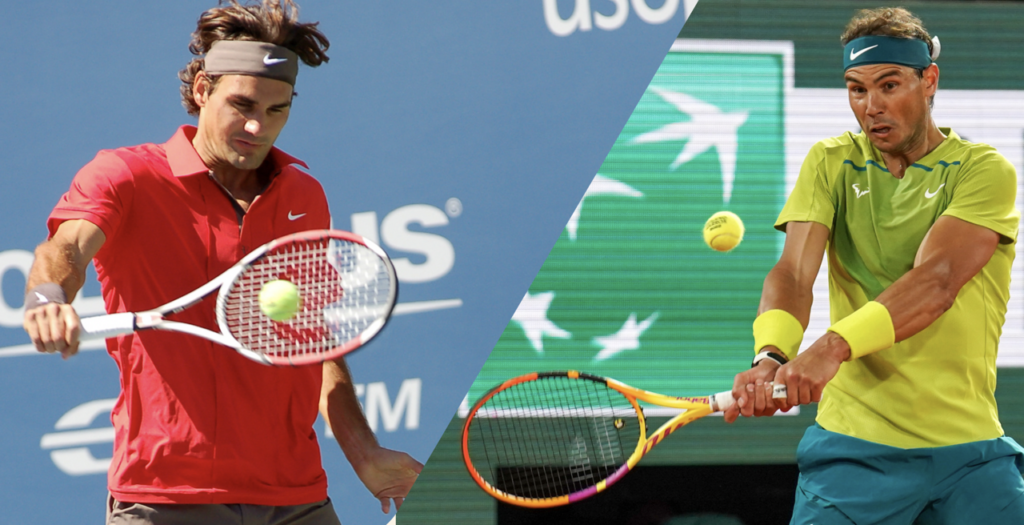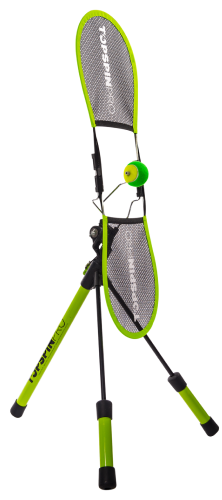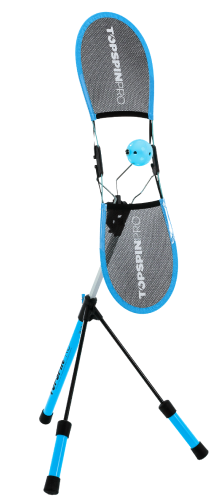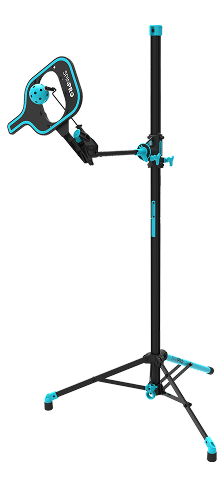 Credit: dreamstime.com
Credit: dreamstime.com
What we'll cover in this article:
Stay in the loop!
Want to be updated when we publish? Be sure to sign up for our newsletter. No spam, we promise!
The simple answer is "both". Each one offers it's own unique set of benefits. Choosing the right one for you can be a tough decision. Here's a little help with a few pros and cons for the single vs double-handed backhand debate:
Double Handed Backhand - Pros
Easier to learn
There’s no doubt about it, it’s easier to keep a stable racket face using two hands and to be stronger throughout the swing. That’s generally why we teach double handed backhand to most beginners whether junior or adult. It’s also very similar in it’s swing shape and finish position to the forehand so the skills can be transferred between both sides of the body.
More powerful
Having two hands on the racket makes it much easier to generate power. The inclusion of both arms unites the body as a unit. This incorporates the torso and the larger muscle groups in turn adding more power. A common mistake with single handed players is the isolation of their arm and little to no use of the body. They therefore rely only on their arm and shoulder to generate the pace.
Easier to make adjustments
The contact point on the double handed backhand is a little closer to the body which gives a split second longer for reaction time and adjustment. The inclusion of two hands also allows the racket to be extra stable at contact point so when the ball arrives at faster speeds blocking is easier.
Double Handed Backhand - Cons
Harder on higher balls
The double handed backhand is a little more cramped in terms of spacing and reach. It's therefore harder to comfortably reach higher balls. Many double handers end up blocking or slicing with a single hander when the ball is above the comfort zone.
Harder to disguise slice
Having a double handed backhand makes it harder to disguise the switch to slice than with a single hander. With the double hander you have to let go of the grip and reposition the hand for preparation which takes a little longer and is obvious to your opponent.
Less reach
Having two hands on your racket automatically gives you less reach than just one hand. It's especially a lot harder on those baseline wider balls. Often players with limited mobility or injuries choose the single hander because of this.
Here's some great analysis of some of the Top ATP double handed backhands:
TOPSPINPRO BEGINNER BACKHAND COURSE: A ROCK-SOLID TWO HANDER IN 21 DAYS
If you want to get a little more guidance with your one handed backhand you can check out our online course here.
Single Handed Backhand - Pros
More aggressive contact point
The single hander requires a contact point that's slightly further forward than the double. This makes it a little harder and more pressured in terms of timing but gives you an advantage with aggression. The ability to reach higher balls means you can couple this with an earlier contact to put your opponent on the back foot.
More angles
The single handed backhand allows a looseness of the wrist similar to the forward side. This means it's easier to apply topspin and to roll the racket around the side of the ball. This makes creating those sharper angles more natural.
Less energy used
Hitting groundstrokes requires a lot of energy and the use of large muscle groups. Using one arm vs two saves a lot of energy. The only downside here is that your dominant arm is doing all the work which sometimes for the average player can lead to over use injuries.
Single Handed Backhand - Cons
Timing has to be good
The need for a slightly further forward contact point can mean inevitably you can often be late on the ball. It's also a little harder to adjust if you are late on the ball. Footwork and timing are key for a solid one hander.
Strong core to stay balanced
The positioning of the contact point in relation to the body and the use of only one arm means that you need a strong core to stay balanced throughout the shot.
Harder to power
Physics obviously states that two arms is always going to be stronger than one. So it's always harder to generate the same pace as the double hander. The ability to take the ball earlier and use the incoming pace is a great way to counter this.
Here's some analysis of some of the Top ATP single handed backhands:
TOPSPINPRO BEGINNER BACKHAND COURSE: AN EXQUISITE ONE HANDER IN 21 DAYS
If you want to get a little more guidance with your one handed backhand you can check out our online course here.
Top 10 WTA and ATP Backhands
Here's some videos showing some of the best current backhands on the WTA and ATP tour right now. Check out these for some big backhands and some extra inspiration in choosing single vs double-handed backhand:
How to Choose: Summary
There is no right or wrong choice in single vs double-handed backhand, which is why both are used by the best players in the world. Decide what's right for you physically and technically. If you have already been playing for quite some time then the answer is probably stick with what you have and try to improve. If you do decide to make the switch then the TopspinPro can come in really handy for getting enough reps in. Muscle memory is key here and there's no substitute for repetitions.
Here's a link to our YouTube backhand playlist for some extra tips on technique.
Sometimes an injury can also dictate what type to choose. But the most important thing is to use what feels more natural to you and what's going to make you feel more comfortable on the court.
We love to hear your feedback about our articles and also your own experiences. Share them with us in the comments below.
FAQs
-
What are the advantages of a double-handed backhand?
The double-handed backhand is easier to learn, generates more power, and allows for better adjustments. It provides a stable racket face and involves larger muscle groups for added strength.
-
What are the disadvantages of a double-handed backhand?
The double-handed backhand can be harder on higher balls, makes it difficult to disguise slices, and offers less reach. This can make it challenging on wide baseline shots.
-
What are the benefits of a single-handed backhand?
The single-handed backhand allows for a more aggressive contact point, better angles, and uses less energy. It offers flexibility in wrist movement, making it easier to apply topspin.
-
What are the drawbacks of a single-handed backhand?
The single-handed backhand requires good timing, a strong core for balance, and is harder to generate power. The need for precise timing can make it challenging to execute consistently.
-
How should I choose between a single and double-handed backhand?
There is no right or wrong choice; it depends on what feels natural and comfortable for you. Consider your physical and technical abilities, and stick with what you are familiar with unless injury or other factors dictate a change.
Links Related to This Article
Enjoyed this article?
Be sure to sign up for our newsletter and we'll keep you up to date about new posts





1 comment
I am not strong enough for a one-hander. Love my 2-hander 😊